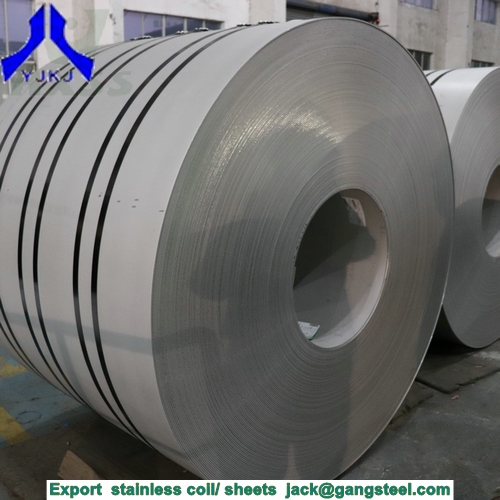When comparing ASTM A358 and ASTM A240, especially with regard to 304L stainless steel, it’s important to understand that these specifications cover different aspects of stainless steel materials and their applications, which include chemical composition, mechanical properties, and manufacturing processes.
ASTM A358
- Specification Focus: ASTM A358 is focused on electric-fusion-welded austenitic chromium-nickel stainless steel pipe suitable for corrosive or high-temperature service, or both.
- Applications: This specification is mainly for large diameter or heavy-walled pipe, where the welding process is essential for manufacturing. These pipes are often used in the petrochemical industry, chemical processing, and high-temperature applications.
- Materials and Grades: It includes several grades of austenitic and duplex (austenitic-ferritic) stainless steels. 304L is one of the grades covered under this specification.
ASTM A240
- Specification Focus: ASTM A240 covers chromium, chromium-nickel, and chromium-manganese-nickel stainless steel plate, sheet, and strip for pressure vessels and for general applications.
- Applications: This specification is primarily for flat-rolled stainless steel products such as plates, sheets, and strips. These materials are used in a wide range of applications where the properties of stainless steel are necessary, including architectural, structural, and various other applications.
- Materials and Grades: It encompasses a wide range of stainless steel grades, including the 304L grade. This specification ensures the material has the proper chemical composition and mechanical properties for its intended use.
Key Differences
- Product Form:
- A358 is specific to electric-fusion-welded pipes.
- A240 covers flat-rolled products like plates, sheets, and strips.
- Application:
- A358 products are often used in environments that require high resistance to corrosion and high temperatures.
- A240 products are more broadly used across various applications where stainless steel’s general properties are needed, not necessarily limited to high temperature or corrosion resistance.
- Manufacturing Process:
- A358 involves a welding process as a part of its manufacturing of pipes.
- A240 involves rolling and cutting processes but not welding as part of the specification.
Both specifications ensure that 304L stainless steel is suitable for its intended application, but the choice between A358 and A240 depends on the specific requirements of the project, including the form of the material (pipe vs. sheet/plate) and the environmental conditions it must withstand.

